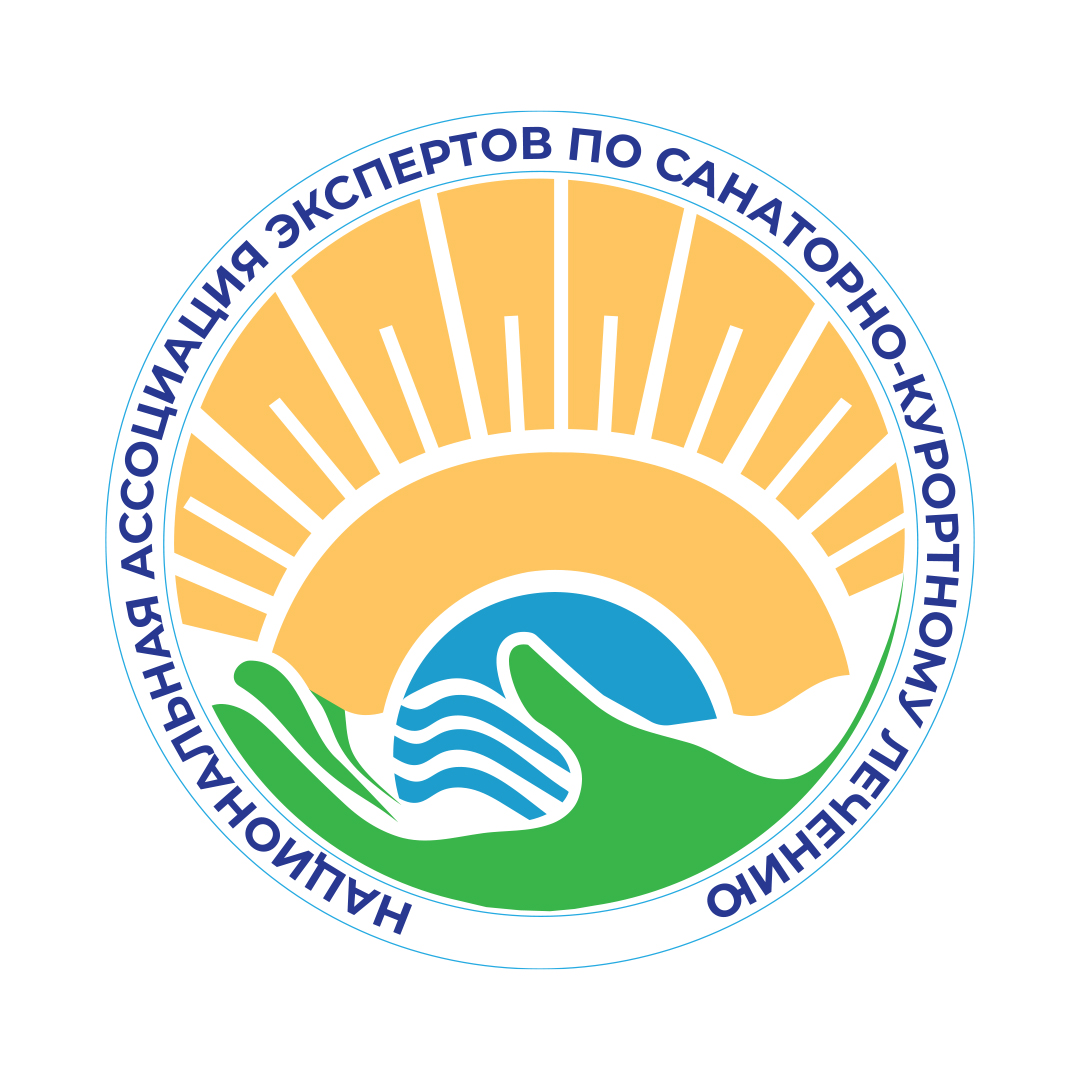Выпуск 23-5, 2024
Оригинальная статья
Применение фонофореза пчелиного яда при бляшечном псориазе легкой и средней степени тяжести: рандомизированное контролируемое исследование
1 ![]() Эльфеки Х.М.., 2,*
Эльфеки Х.М.., 2,* ![]() Эльфахль А.М., 3
Эльфахль А.М., 3 ![]() Ибрагим М.Г.
Ибрагим М.Г.
1Каирский Университет, Каир, Египет
2 Иорданский университет Аль-Зайтуна, Амман, Иордания
3 Современный Университет Технологий и Информации, Каир, Египет
РЕЗЮМЕ
ВВЕДЕНИЕ. Наиболее распространенным видом псориаза является бляшечный псориаз. Пациенты могут испытывать как лег кие, так и тяжелые симптомы, и, хотя болезнь не смертельна, она трудно поддается лечению.
ЦЕЛЬ. Определить влияние фонофореза пчелиного яда на псориаз легкой и средней степени тяжести.
МАТЕРИАЛЫ И МЕТОДЫ. Группа А получала фонофорез пчелиного яда в сочетании с консервативным лечением, группа В — местное применение пчелиного яда в сочетании с консервативным лечением, а группа С служила контролем в двойном слепом рандомизированном контролируемом эксперименте, включавшем 96 пациентов с бляшечным псориазом. В течение трех ме сяцев каждый пациент проходил тщательное обследование, включавшее анализ крови для измерения системного воспаления (соотношение нейтрофилов и лимфоцитов, С-реактивный белок и скорость оседания эритроцитов), а также PASI (индекс площа ди и тяжести псориаза) и изокинетическую проприоцепцию колена.
РЕЗУЛЬТАТЫ И ОБСУЖДЕНИЕ. При исходном измерении статистически значимых различий между тремя группами обнаруже но не было, однако после 12 недель лечения наблюдался эффект лечения (p = 0,001 и f-значение = 50,718). Кроме того, в обеих группах (A и B) наблюдалось статистически значимое соотношение между показателями до и после лечения и временем; одна ко это соотношение было более выраженным и заметным в группе A.
ЗАКЛЮЧЕНИЕ. Фонофорез с применением пчелиного яда улучшает проприоцепцию в коленном суставе и снижает соотноше ние N/L, CRP, ESR и PASI. РЕГИСТРАЦИЯ: идентификатор Clinicaltrials. gov: No. NCT06106230; зарегистрировано 20.10.2023
КЛЮЧЕВЫЕ СЛОВА: пчелиный яд, бляшечный псориаз, системное воспаление, проприоцепция, фонофорез
ИСТОЧНИК ФИНАНСИРОВАНИЯ: Данное исследование не было поддержано никакими внешними источниками финансирования.
КОНФЛИКТ ИНТЕРЕСОВ: Авторы декларируют отсутствие явных и потенциальных конфликтов интересов, связанных с публикацией настоящей статьи.
ДЛЯ ЦИТИРОВАНИЯ:
Elfeky H.M., Elfahl A.M., Ibrahim M.G. Bee Venom Phonophoresis on Mild to Moderate Localized Plaque Psoriasis on a Knee Joint: a Randomized Controlled Trial. Bulletin of Rehabilitation Medicine. 2024; 23(5):61-69. https://doi.org/10.38025/2078-1962-2024-23-5-61-69
ДЛЯ КОРРЕСПОНДЕНЦИИ:
Ahmed M. Elfahl, E-mail: a.ahmed@zuj.edu.jo, Ahmed.Abdel-Hady@pt.mti.edu.eg
Список литературы:
- Sunoqrot S., Niazi M., Al-Natour M.A., et al. Loading of Coal Tar in Polymeric Nanoparticles as a Potential Therapeutic Modality for Psoriasis. ACS Omega. 2022; 7(8): 7333–7340. https://doi.org/10.1021/acsomega.1c07267
- Raharja A., Mahil S.K., Barker J.N. Psoriasis: a brief overview. Clinical medicine (London, England). 2021; 21(3): 170–173. https://doi.org/10.7861/clinmed.2021-0257
- Bava, R., Castagna, F., Musella, V., et al. Therapeutic Use of Bee Venom and Potential Applications in Veterinary Medicine. Veterinary Sciences. 2023; 10(2): 119. https://doi.org/10.3390/vetsci10020119
- Lee J.D., Kim S.Y., Kim T.W., et al. Anti-inflammatory Effect of Bee Venom on Type II Collagen-Induced Arthritis. The American journal of Chinese medicine. 2004; 32(3): 361–367. https://doi.org/10.1142/S0192415X04002016
- Wehbe R., Frangieh J., Rima M., et al. Bee Venom: Overview of Main Compounds and Bioactivities for Therapeutic Interests. Molecules. 2019; 24(16): 2997. https://doi.org/10.3390/molecules24162997
- Bowen RA, Remaley AT. Interferences from blood collection tube components on clinical chemistry assays. Biochemia medica (Zagreb). 2014; 24(1): 31–44. https://doi.org/10.11613/BM.2014.006
- Sproston N.R., Ashworth J.J. Role of C-Reactive Protein at Sites of Inflammation and Infection. Frontiers in immunology. 2018; 9: 754. https://doi.org/10.3389/fimmu.2018.00754
- Higuchi M., Watanabe N. Determination of the erythrocyte sedimentation rate using the hematocrit-corrected aggregation index and mean corpuscular volume. J Clin Lab Anal. 2023; 37(6): e24877. https://doi.org/10.1002/jcla.24877
- Thaçi D., Strober B., Gordon K.B., et al. Deucravacitinib in Moderate to Severe Psoriasis: Clinical and Quality-of-Life Outcomes in a Phase 2 Trial. Dermatology and Therapy. 2022; 12(2): 495–510. https://doi.org/10.1007/s13555-021-00649-y
- Tuominen J., Leppänen M., Jarske H., et al. Test-Retest Reliability of Isokinetic Ankle, Knee and Hip Strength in Physically Active Adults Using Biodex System 4 Pro. Methods and protocols. 2023; 6(2): 26. https://doi.org/10.3390/mps6020026
- Barbaud A., Weinborn M., Garvey L.H., et al. Intradermal Tests with Drugs: An Approach to Standardization. Frontiers in medicine (Lausanne). 2020; 7: 156. https://doi.org/10.3389/fmed.2020.00156
- Othman E.M., Hamada H.A., Mohamed G.I., et al. Clinical and histopathological responses to bee venom phonophoresis in treating venous and diabetic ulcers: a single-masked randomized controlled trial. Frontiers in medicine (Lausanne). 2023; 10: 1085544. https://doi.org/10.3389/fmed.2023.1085544
- Şenel E., Kuyucu M., Süslü I. Honey and bee venom in dermatology: A novel possible alternative or complimentary therapy for psoriasis vulgaris. Ancient science of life. 2014; 33(3): 192–193. https://doi.org/10.4103/0257-7941.144626
- Watanabe A.S., Fonseca L.A., Galvão C.E. Specific immunotherapy using Hymenoptera venom: Systematic review. São Paulo medical journal = Revista paulista de medicina. 2010; 128(1): 30–37. https://doi.org/10.1590/s1516-31802010000100007
- Chen J., Lariviere W.R. The nociceptive and anti-nociceptive effects of bee venom injection and therapy: A double-edged sword. Progress in Neurobiology 2010; 92(2): 151–183. https://doi.org/10.1016/j.pneurobio.2010.06.006
- Othman E.M., Abdelbasset W.K., Elsayed S.H., et al. Effect of ultrasound-enhanced bee venom on selected post inguinal hernioplasty complications: a single-masked randomized controlled trial. European review for medical and pharmacological sciences. 2023; 27(2): 483–492. https://doi.org/10.26355/eurrev_202301_31048
- Hegazi A.G., Raboh F.A.A., Ramzy N.E., et al. Bee venom and propolis as a new treatment modality in patients with localized plaque psoriases. International Research Journal of Medicine and Medical Sciences. 2013; 1: 27–33.
- Eltaher S., Mohammed G.F., Younes S., Elakhras A. Efficacy of the apitherapy in the treatment of recalcitrant localized plaque psoriasis and evaluation of tumor necrosis factor-alpha (TNF-alpha) serum level: A double-blind, randomized clinical trial. The Journal of dermatological treatmen. 2015; 26: 335–339. https://doi.org/10.3109/09546634.2014.990411
- Hozzein W.N., Badr G., Badr B.M., et al. Bee venom improves diabetic wound healing by protecting functional macrophages from apoptosis and enhancing Nrf2, Ang-1 and Tie-2 signaling. Molecular immunology. 2018; 103: 322–335. https://doi.org/10.1016/j.molimm.2018.10.016
- Park H.J., Lee S.H., Son D.J., et al. Antiarthritic effect of bee venom: Inhibition of inflammation mediator generation by suppression of NF-κB through interaction with the p50 subunit. Arthritis and rheumatism. 2004; 50: 11. https://doi.org/10.1002/art.20626
- Jeong J.K., Moon M.H., Bae B.C., et al. Bee venom phospholipase A2 prevents prion peptide induced-cell death in neuronal cells. International Journal of Molecular Medicine, 2011; 28(5): 867–873. https://doi.org/10.3892/ijmm.2011.730
- Asafova N.N., Orlov B.N., Kozin R.B. Physiologically active bee products (in Russian). Y.A. Nikolaev Nijnij Novgorod. 2001: 360 p.
- Tsai L.C., Lin Y.W., Hsieh C.L. Effects of bee ven om injections at acupoints on neurologic dysfunction induced by thoracolumbar intervertebral disc disorders in canines: a Randomized, Controlled Prospective Study. BioMed research international. 2015; 2015: 363801. https://doi.org/10.1155/2015/363801
- Yasin M.M., Elhosary E.A., Hamada H.A., et al. Effect of bee venom phonophoresis in obese polycystic ovarian women: A Single Blind Randomized Controlled Trial. Journal of Applied Pharmaceutical Science. 2018; 8: 159–164. http://dx.doi.org/10.7324/JAPS.2018.8124
- Park H.J., Chang H.J., Kim T.G., et al. Alteration of Thi and Thi 7 Inflammatory Cytokines in the Skin Lesions after Psoriasis Treatment. Korean Journal of Dermatology, 2022; 60(7): 409–413.
- Dadar M., Shahali Y., Chakraborty S., et al. Antiinflammatory peptides: current knowledge and promising prospects. Inflammation Research. 2019; 68: 125–145. https://doi.org/10.1007/s00011-018-1208-x
- Jang S., Kim K.H. Clinical Effectiveness and Adverse Events of Bee Venom Therapy: A Systematic Review of Randomized Controlled Trials. Toxins (Basel). 2020; 12(9): 558. https://doi.org/10.3390/toxins12090558
- Nam K.W., Je K.H., Lee J.H., et al. Inhibition of Cox-2 activity and pro-inflammatory cytokines (TNF-α and IL-1β) production by water-soluble sub-fractionated parts from bee (Apis mellifera) venom. Archives of pharmacal research. 2003; 26(5): 383. https://doi.org/10.1007/BF02976695
- Altan L.A., Aksoy M.K., Öztürk E.K. Efficacy of diclofenac & thiocolchioside gel phonophoresis comparison with ultrasound therapy on acute low back pain; a prospective, double-blind, randomized clinical study. Ultrasonics 2019; 91: 201–205. https://doi.org/10.1016/j.ultras.2018.08.008
- Kołaczek A., Skorupa D., Antczak-Marczak M., et al. Safety and efficacy of venom immunotherapy: a real-life study. Postepy Derma tol Alergol 2017; 34: 159–167. https://doi.org/10.5114/ada.2017.67082
- Shim W.H., Park H.J., Kim H.S., et al. Mybacterium chelonae infection occurring at the site of bee sting therapy. Korean Journal of Dermatology. 2011; 49(4): 374–378.

Контент доступен под лицензией Creative Commons Attribution 4.0 License.
©
Эта статья открытого доступа по лицензии CC BY 4.0. Издательство: ФГБУ «НМИЦ РК» Минздрава России.




